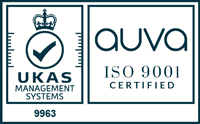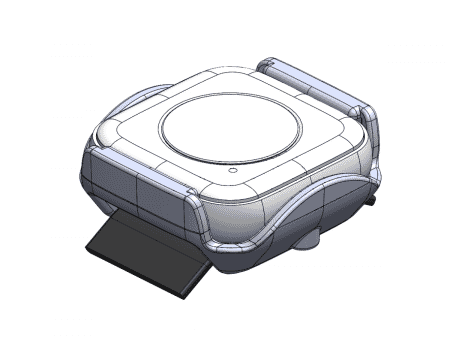Coating
Metallic coatings can be applied for cosmetic applications as well as EMI/RFI emissions suppression. Undertaken as a sub - contract operation this can be managed for the client to allow delivery of the finished item.
 The first and most important aspect of plating plastic is to know you are going to do it from the outset! Not all plastics can be plated and hence knowing that this is the objective starts right back at the beginning with material selection.
The first and most important aspect of plating plastic is to know you are going to do it from the outset! Not all plastics can be plated and hence knowing that this is the objective starts right back at the beginning with material selection.
One of the most popular finishes is chrome, providing a bright reflective surface that can be functional or aesthetic. Any plating process will start with a thorough cleaning of the surface and masking of any areas that need protection. This is followed by an etch and primer coat before depositing a thin layer of copper, nickel and finally chrome.
Another coating process is vacuum metalisation. The parts receive a base lacquer coat before being run through a stoving process. Then placed in a vacuum chamber, pure aluminium is vapourised and coats the parts, resulting in a chrome like finish. Finally a layer of protective lacquer is applied that provides an opportunity to tailor the finish and increase its resistance to specific chemicals.
A non metallic coating is used in a process called hydrographics (or aquagraphics). In this instance the parts are painted before being dipped into a tank of water that has the desired film floating on the surface. As the part is raised through the film it wraps around the geometry, coating the part. The film is then protected with a layer of lacquer that can be matt, satin or gloss. This process is only limited by the patterns available, and there are thousands ranging from carbon fibre to wood to geometric designs.
Other coatings can be applied to reduce friction, repel water, create a chemical barrier or to encapsulate a part.
Whether you know your coating requirement or know the effect you want to have, please contact us at Plunkett Associates and we will advise or direct you towards someone that can!






















